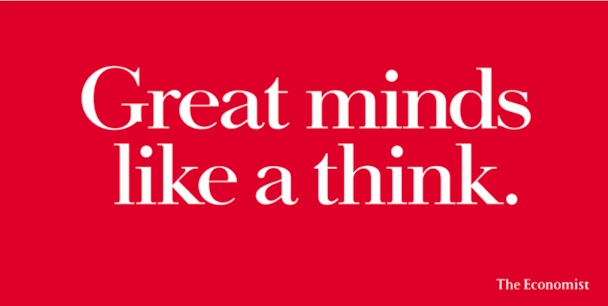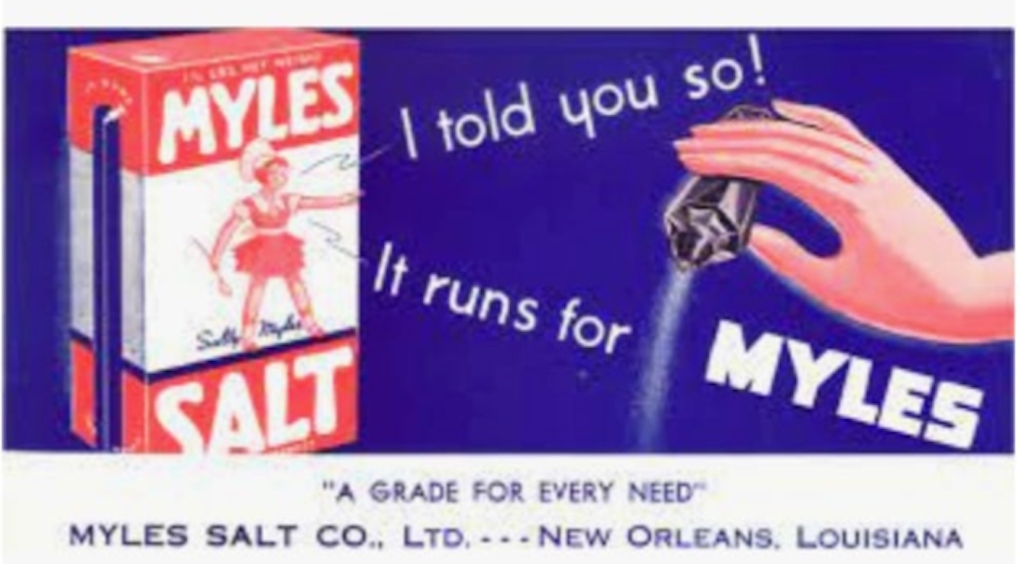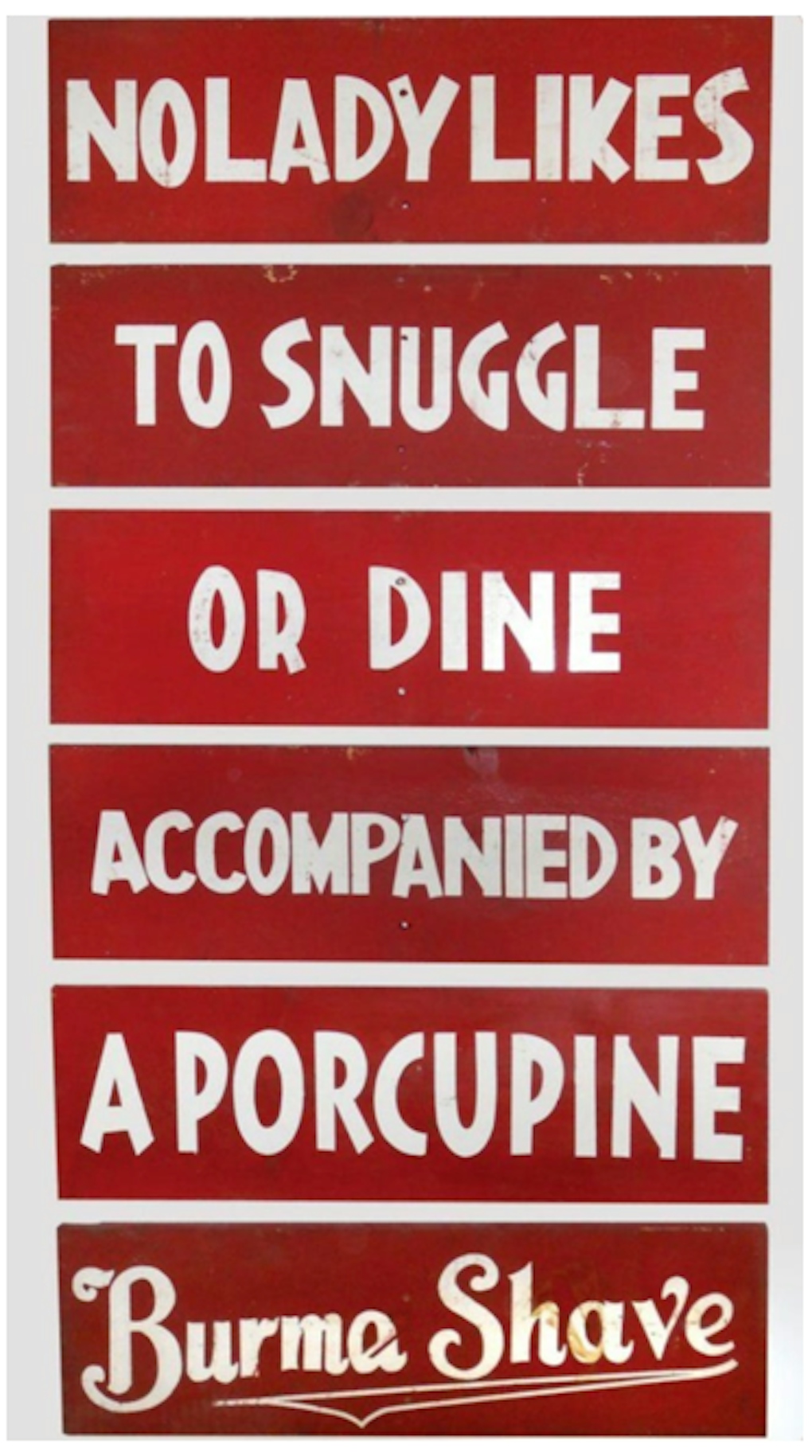Should brands be laughing all the way to the food bank in 2025?
With times being tough globally, should brands be embracing humor to sell products and services? In the first of a new regular column, Paddy Gilmore suggests brands and agencies look to history to get their answer.

Wordplay is still very much a part of the advertising landscape, as The Economist has ably demonstrated on many occasions
At the risk of boring you stupid, let’s kick off with a very dry question: what’s the economic outlook right now?
It’s not great. Inflation might be calming, but the forecast for global growth over the next five years – 3.1% – is, according to the International Monetary Fund, “at its lowest in decades.” Sure, many countries might not be in a recession, but it feels like a recession. In the UK alone, the past five years have seen double the number of food banks while a culture of zero-hour contracts and job losses due to AI hardly adds to the festive spirit.
Want to go deeper? Ask The Drum
Given this situation, what use is humor in ads? People are suffering; brands that try to amuse might seem insensitive at best and offensive at worst. But it pays to look back in time to the US during the Great Depression. There are lessons here for brands today.
The Great Depression was rightly named: between 1929 and 1933, unemployment in the US went from 3% to a staggering 24%. So, what happened to funny advertising? Rather than shying away into a corner, it boomed. One academic has said, ‘By the 1930s, humor had literally become a part of the advertising landscape’.
What kind of ads might you see? Here’s one for table salt:

Advertisement
This won a Best Poster Award in 1935. Now, admittedly, a junior copywriter coming up with this nowadays would be kindly invited to consider alternative lines of work. Even so, let’s not get too sniffy here – wordplay is very much a part of the advertising landscape, as The Economist has ably demonstrated on many occasions (see top of page).
Humor thrived elsewhere. In radio – then the dominant broadcast medium – comedians such as Jack Benny and Bob Hope embedded ads into their live comedy shows. This would have normalized ads as they seamlessly flowed through and around the comedians’ jokes. Hope’s radio show was sponsored by Pepsodent: a great example of brand placement.
The period also saw media innovations, such as the development of staggered billboards along freeways. As motorists drove they would have read one line of copy on each sign. Burma-Shave, a brand of shaving cream, even became famous for its:

Advertisement
Am I suggesting, then, that brands today should universally adopt humor in their ads? No, no, no. So much depends on the brand, the product, the audience and the proposition. Humor is a tool, and, just like any tool, it needs to be handled wisely and right for the job at hand.
What I would say, though, is it shouldn’t be brushed aside as frivolous or – even worse – ineffective. One of the mainstays of modern marketing is we talk about ‘engagement.’ But there’s an equally good argument for its opposite: distraction. Let’s imagine you’ve just come home from a hard day in a zero-hours job, had an argument with your boyfriend, picked up another bill and then discovered you’ve run out of milk. The distraction of an amusing 30-second ad might not fix things, but it might at least help. And extensive studies show that humor increases warmth toward both the brand and the likelihood people will buy your product. In short, as a marketing technique, it goes way beyond mere amusement.
Suggested newsletters for you
Advertising has always obsessively looked to the future. Now, of course, we have all the chatter about AI; maybe this time next year, I’ll have the next iPhone implanted in my brain.
But perhaps, in looking back to the Great Depression, we can learn one or two things from the past. In 1934, one writer in Printer’s Ink said of funny advertising that, ‘rightly or wrongly, it was an excellent medicine during these times.’ Whoever he or she was, we don’t know: it was written anonymously. But they might have had a point.
Paddy Gilmore is the founder of Studio Gilmore: The Humour Consultancy. He helps brands use humour wisely and well in their marketing.
